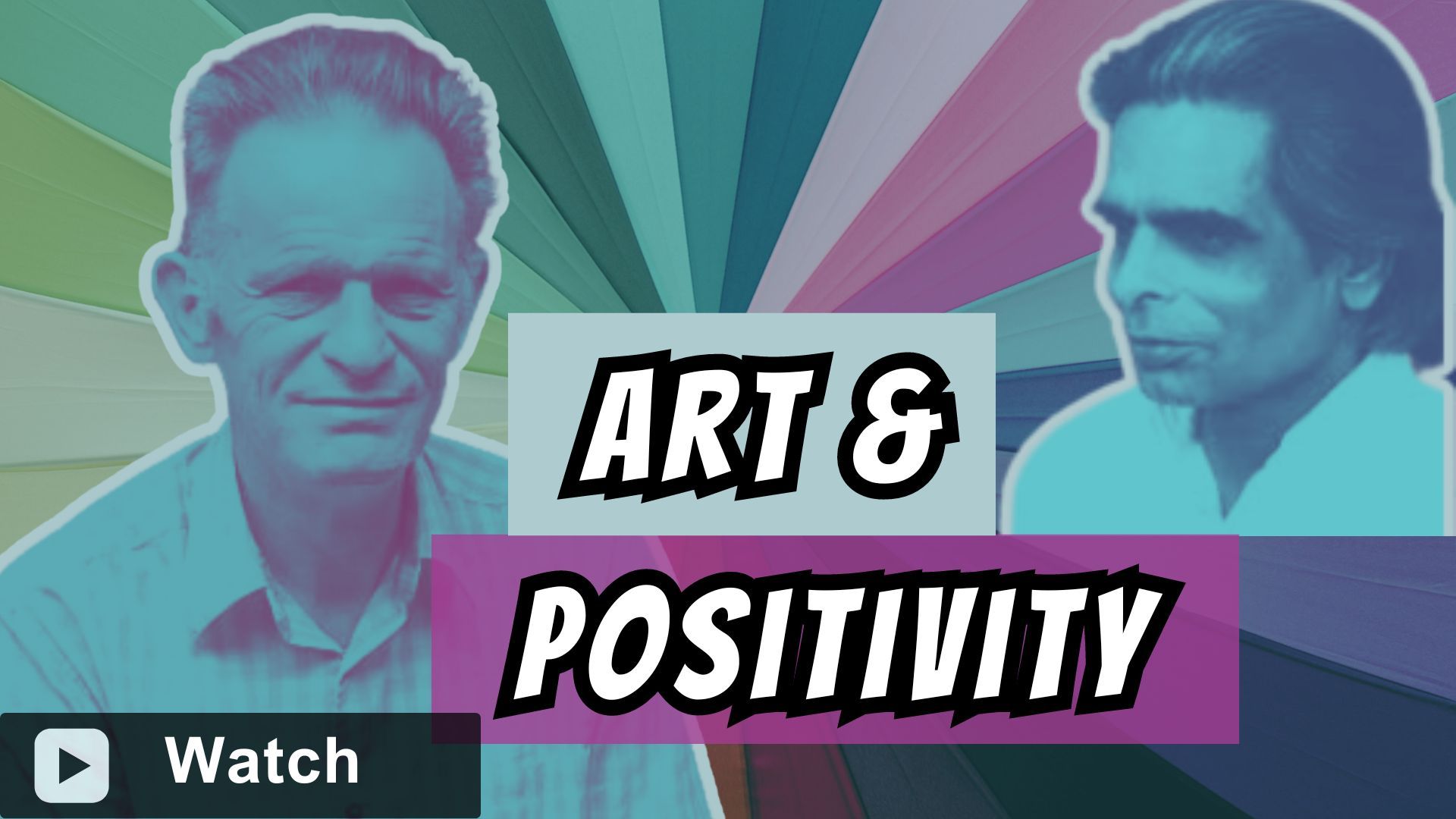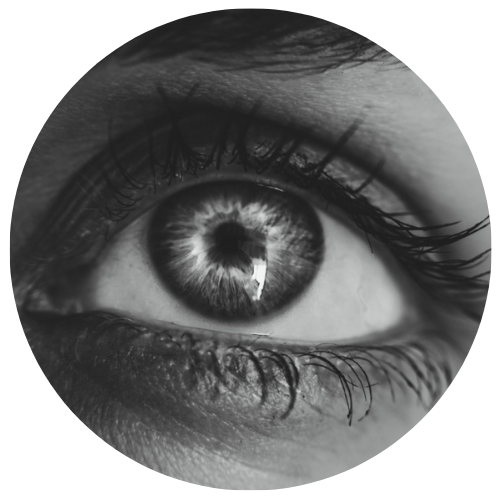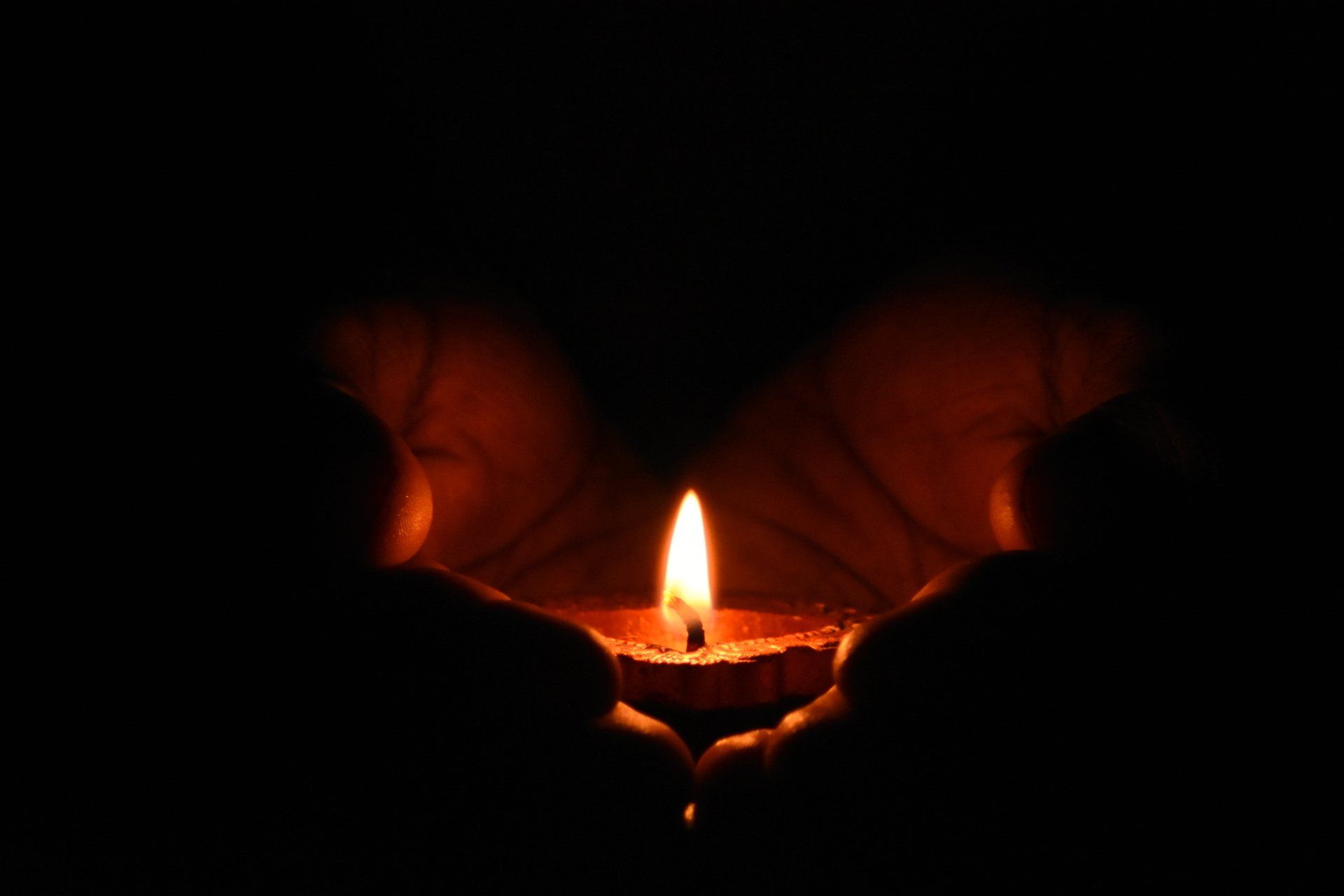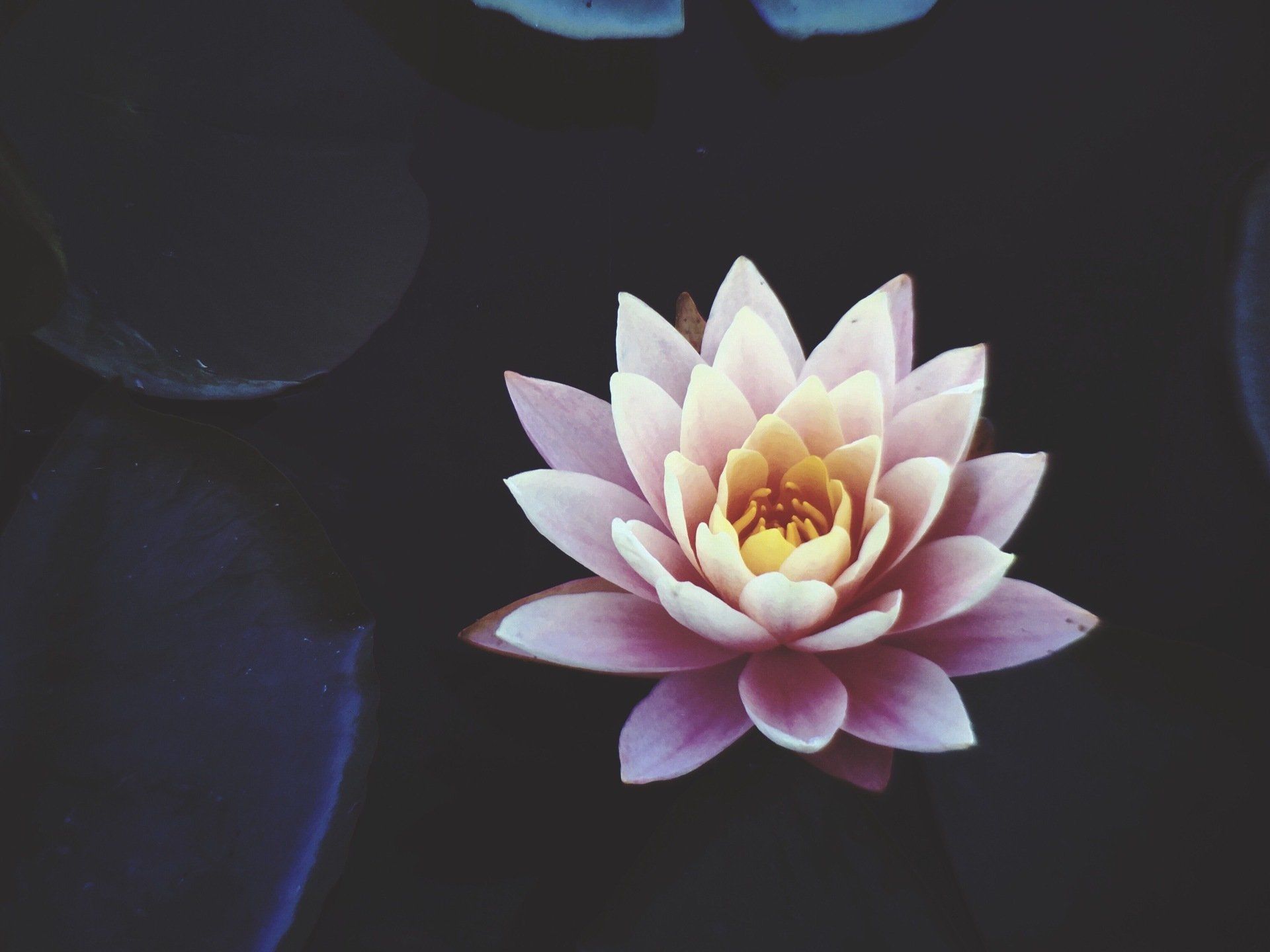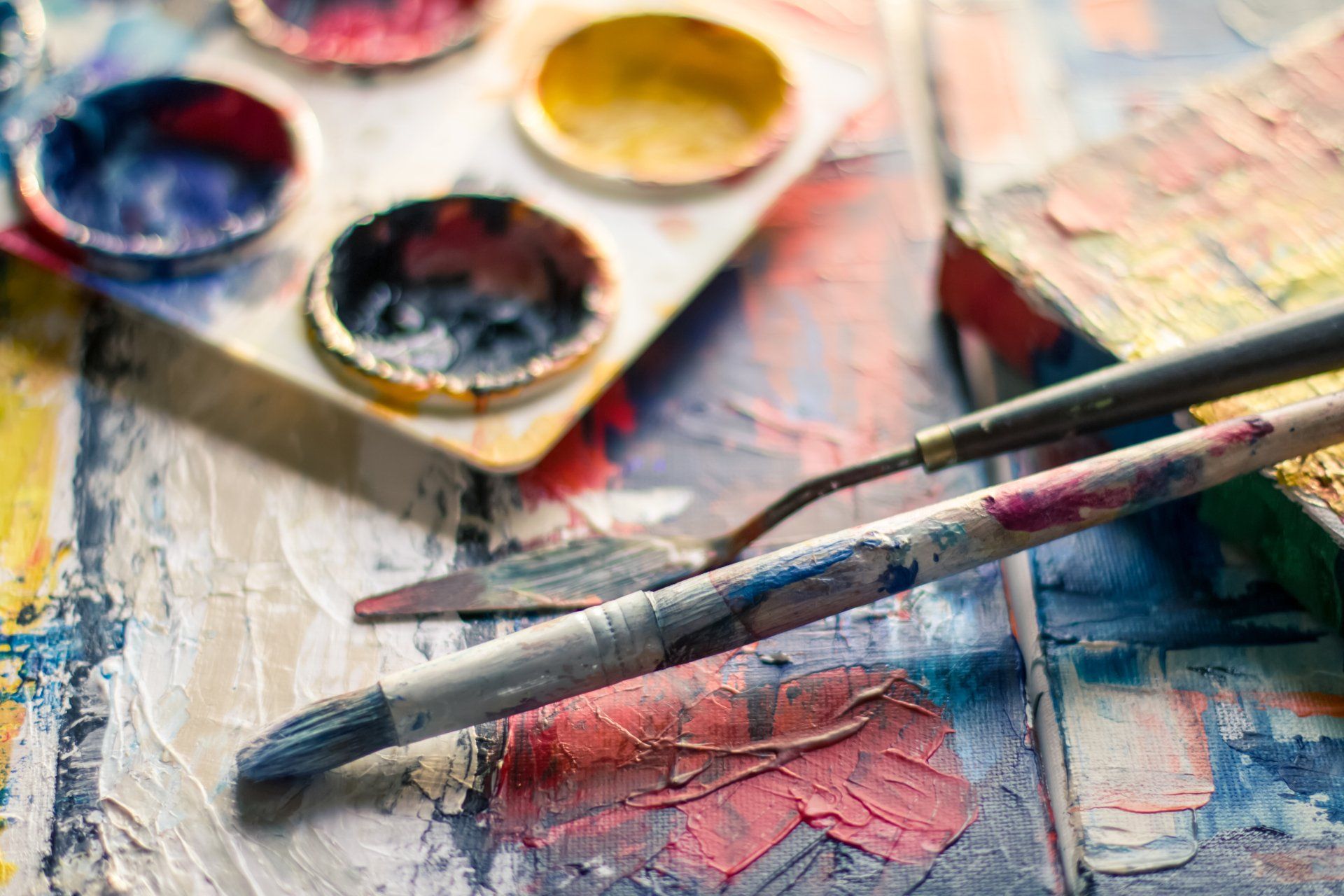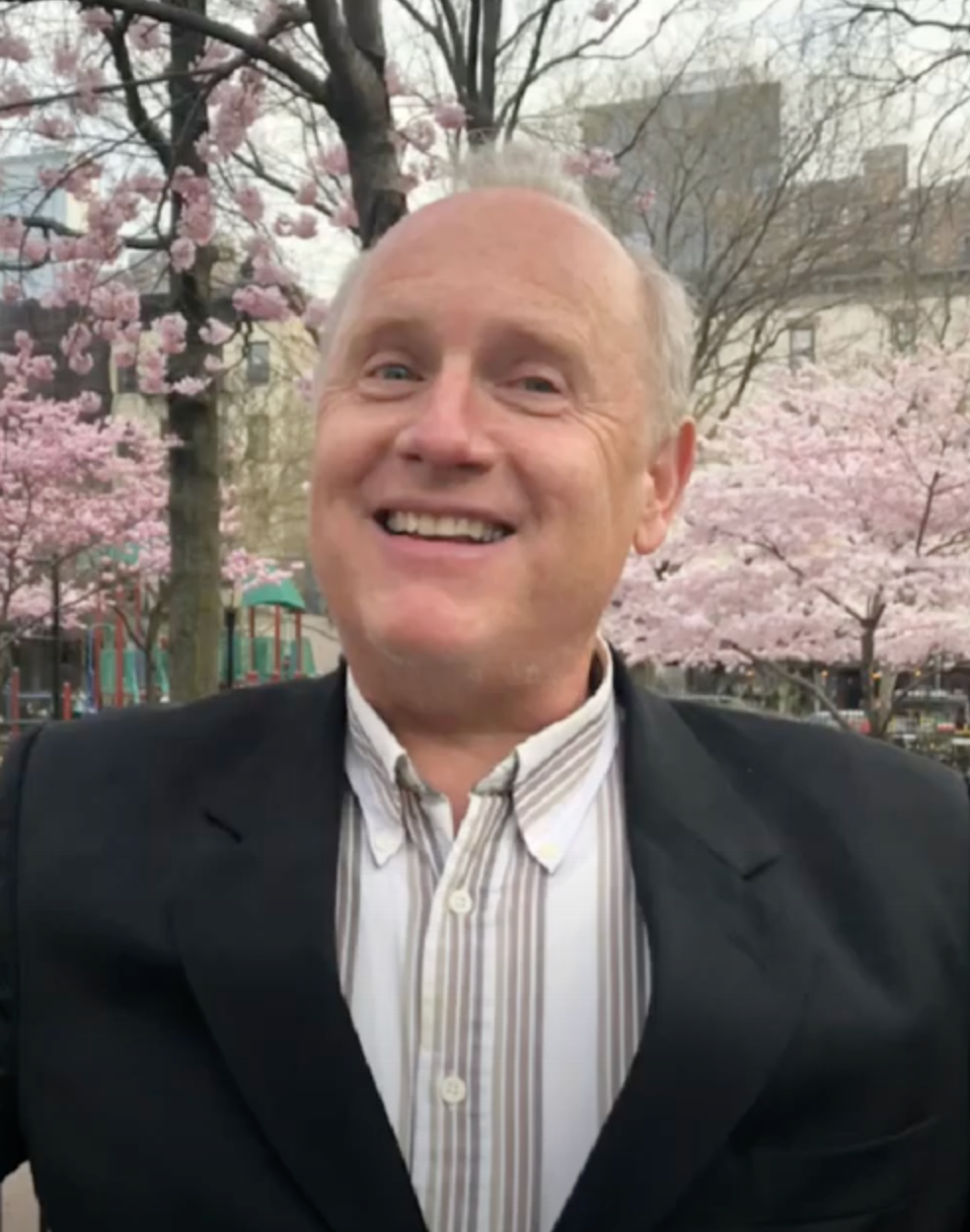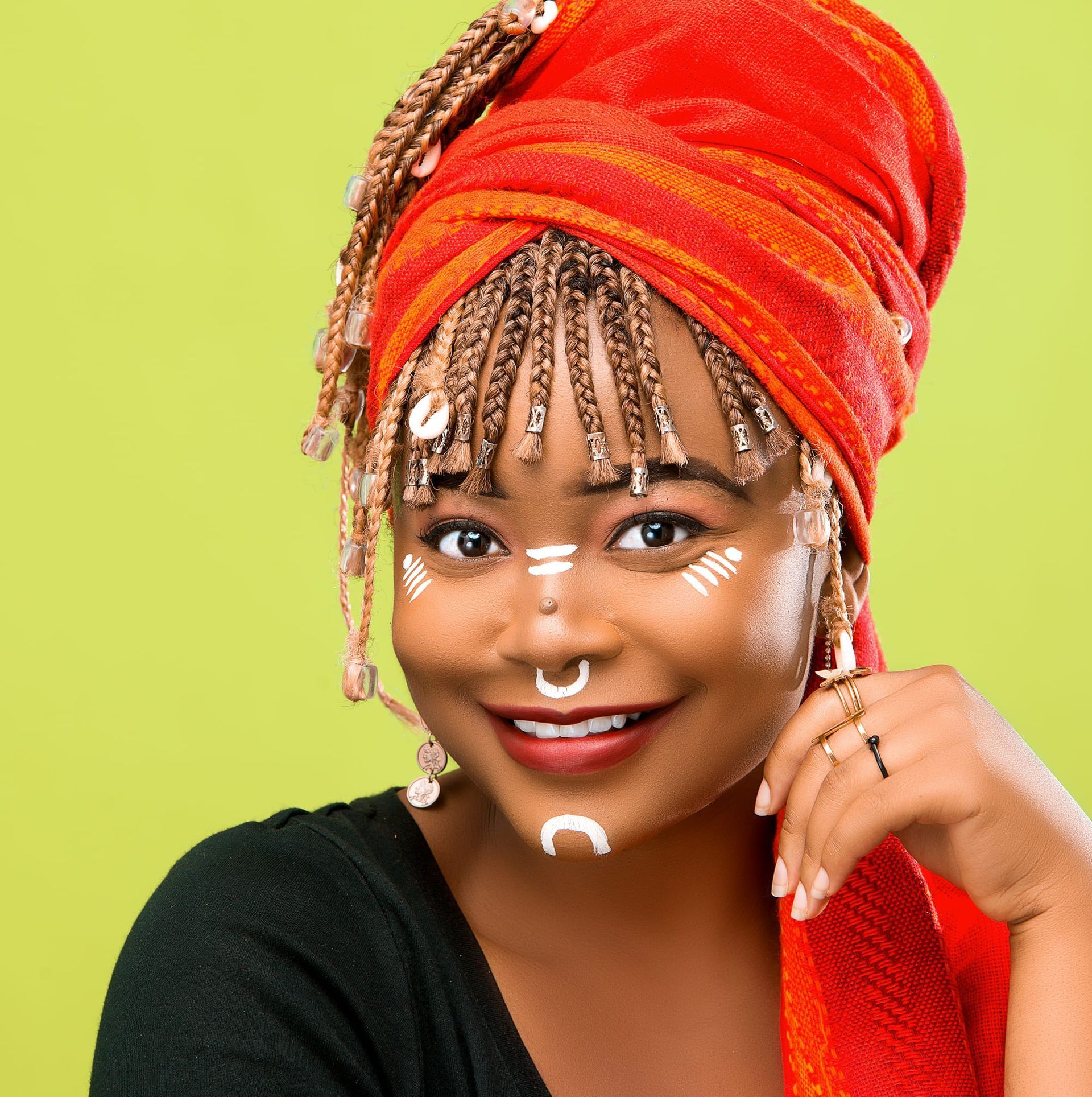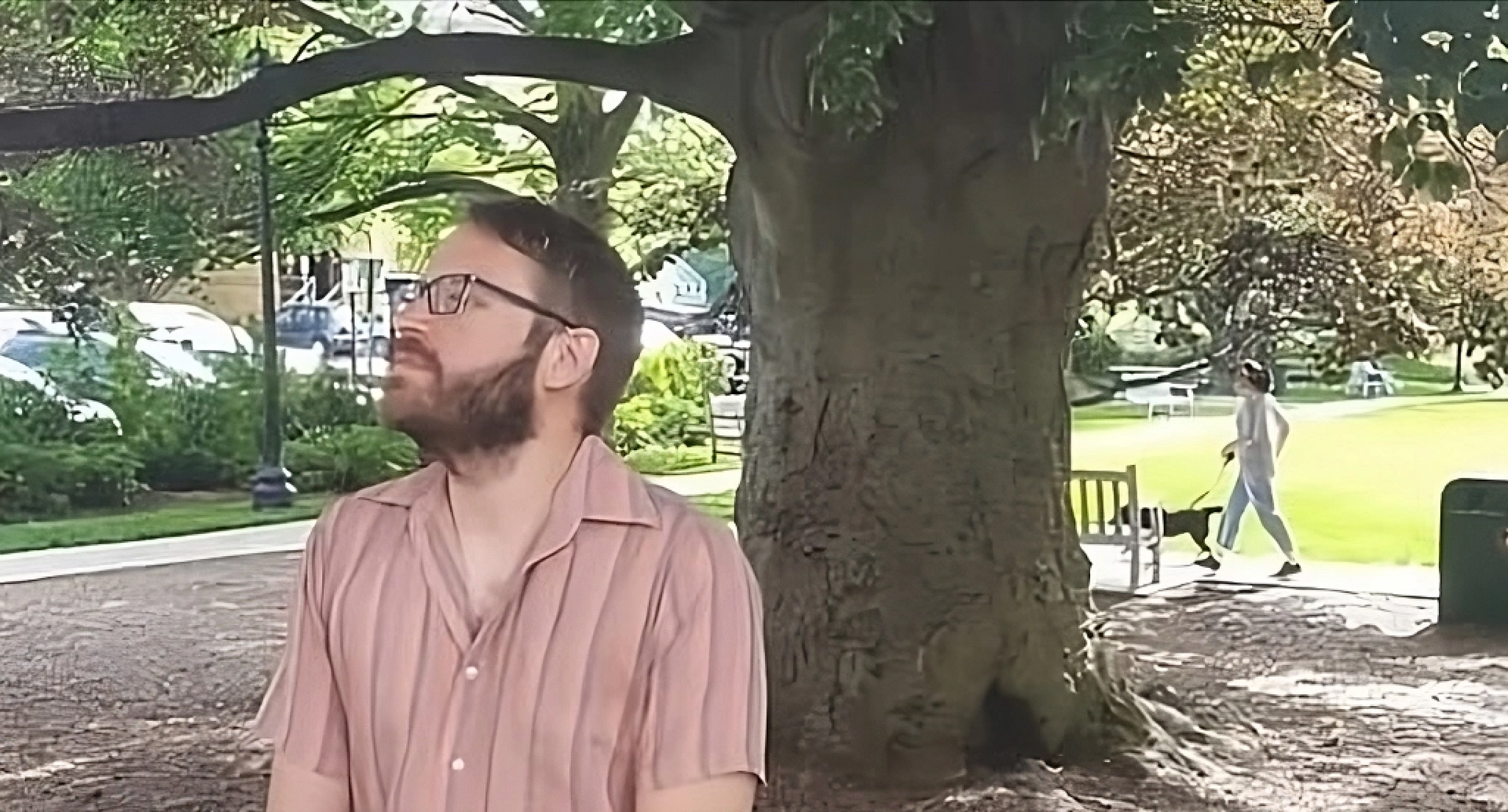Updated March 16, 2024
Listen on Spotify
Watch & join the conversation on YouTube
Subscribe, drop a comment, and hit the notification bell so you don't miss out on Pieter's video schedule through Spring!
APOTHEOSIS
A Visionary at The Intersection of Art, Spirituality, and Philosophy
When I encountered Pieter's art at Hamsa, the Himalayan Academy Museum of Art of the Hindu Monastery based in Kauai (Hawaii), it stirred memories of a distinctive style encountered in a Tantra book long ago. Little did I realize that the paintings I admired for their soothing aesthetics, contemplative power, and sweetness were crafted by a disciple of the very author of that book, Harish Johari!
Revue {R}évolution is delighted to present an insightful conversation with Pieter Weltevrede, a visionary artist and scholar whose work resonates with the soul deeply, and inspires a quest for true Beauty in our lives. Shaped by the profound teachings of his Guru, Harish Johari, Pieter is now a revered master and a scholar whose artistic expression stands as a beacon for all seeking artistic accomplishment.
Renowned internationally, Pieter graciously welcomed us virtually into his home in Holland for a heartfelt and lofty discussion on the significance of tradition, divine wisdom, and artistic brilliance. Topics ranged from the challenges confronting contemporary artists to the essence of Sacred Geometry, the harmonious interplay of thought and emotion in painting, and the intertwining male-female dimensions of life and creativity, underscored by the intrinsic value of poetry.
This dialogue, brimming with timeless wisdom, promises to inspire artists and poets alike for generations to come, culminating in Pieter's sage advice for aspiring creators. Revue {R}évolution extends heartfelt gratitude to Pieter and The Himalayan Academy for this enriching opportunity.
Scroll down or delve into this inspiring discussion by topic!
Finding Balance Between Abstraction, Thought & Emotion:
The Essence of Art, The Secrets of Sacred Geometry
This is Goddess Gayatri. She is the mother of the Sun, the wife of Brahma, as well as Shiva, and Vishnu. Gayatri is the universal mother, who takes care of everybody. She is represented with the yantra and the Vedic square in the background.
––PIETER WELTEVREDE
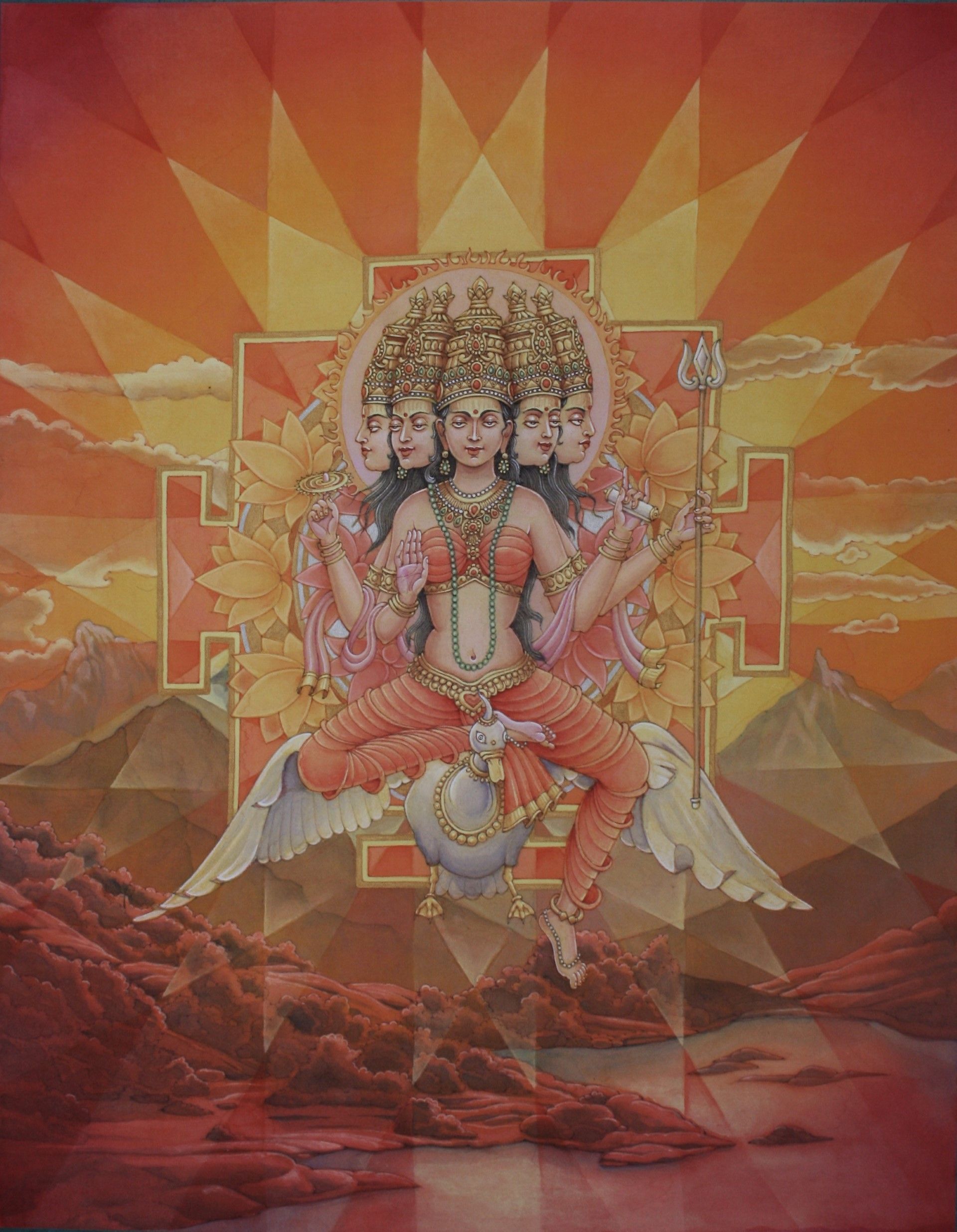
Courtesy of Pieter Weltevrede.
Discovering Divine Inspiration:
The Role of the Guru in Unveiling Artistic Talent
Murielle Mobengo: For those who may not be familiar with your background, could you share how you found your path to devotional art and your connection to Harish Johari?
Pieter Weltevrede: Certainly, it's quite a journey. It all began during my childhood when I immersed myself in studying the classical Masters. I attended Latin School, where I delved into translating texts from Greek regarding Alexander The Great's Campaign, which incidentally introduced me to India. Learning about Alexander the Great's encounter with India sparked my curiosity about this distant land.
As I pursued my studies, particularly in economics, I realized India's economic potential. However, I soon understood that India's profound engagement with religion was a significant aspect that demanded attention. Despite my initial ignorance about India, this realization fueled my interest further.
Later, when I ventured into social science studies, studying problems that economy is creating, I heard that sociology and psychology don't work in India, a surprising statement since Indians are also human beings! Then, I encountered prevalent notions that painted a grim picture of human nature through the social axiom paradigm, emphasizing that the human being is bad, cannot be trusted, and needs to be controlled. This pessimistic view left me disheartened until I attended a lecture by my Guru, Harish Johari.
Harish Johari presented a contrasting perspective, asserting the inherent goodness of human beings and their capacity for trust. His teachings on chakras, deeply rooted in Indian philosophy, intrigued me. He highlighted the relevance of these philosophical principles to Western psychology, offering a fresh lens through which to understand human behavior.
Gradually, I began to appreciate the richness of Indian philosophy, recognizing its potential to address psychological issues that Western philosophy overlooks. Indian philosophy is complete, which is why they don't need psychology or sociology as the West does. Our philosophy [in the West] is not complete. There are some mistakes in it and that creates psychological problems.
My admiration for my teacher grew, particularly when he emphasized the interconnectedness of yoga and art. His encouragement awakened the dormant artist within me. His gift of the Vedic square, tailored to my artistic inclination, further fueled my passion. For two decades, I continued to explore art under Harish Johari's guidance until he left is mortal body in 1999.
The Importance of Philosophy:
Transcending Negativity in Contemporary Art
Much of what you've shared deeply resonates with me. I discovered my passion for poetry upon meeting my Guru, and it's fascinating how the Divine enables us to express ourselves fully. There's something I've been grappling with – a notion I wish to convey to fellow artists and poets who often find themselves in the throes of creative crisis. This crisis can have profoundly negative effects on their creative calling, leading to regression. Today, we observe a paradox in contemporary art, where beauty seems lost amidst negativity. How can an artist transcend this negativity without access to Divine wisdom?
Pieter Weltevrede: I recall a discussion I participated in during my youth, amongst modern artists exploring the philosophy of modern art in a Buddhist Monastery. Despite my budding artistic journey, I found myself silenced, as they concluded with nihilism – a negative nihilism that was deeply troubling.
During my time in New York, while visiting numerous galleries, a gallery owner engaged me in conversation. He highlighted the struggle many artists faced in selling their work, revealing a disconnect between the art world and the genuine love for art. It became evident that my art didn't quite fit the gallery scene; instead, it belonged in new age and Yoga centers, where its message of positivity resonated. Modern art is selling bad news and what I bring is good news! Philosophy is important. Being busy with this negative philosophy hurts the artist. Being busy with art makes the artist happy, but there's also the moment when you are not busy with art, and then you are not happy. I have experienced that from a very young age.
We enjoyed your YouTube series with Gauri Babber where you highlighted the simple wisdom that artists need to create to avoid worrying. It's true; when artists aren't creating, they often become overwhelmed by negativity.
Pieter Weltevrede: Indeed, I quickly learned that one cannot sell worries, especially when faced with the responsibility of supporting a family. My teacher was a significant source of inspiration during those challenging times.
In my early artistic journey, I focused on Christ-themed works. However, I soon realized the limitations of this narrative and the repetitive nature of its portrayal throughout art history. It was when I discovered the depth and breadth of the Indian mythology that I knew I had found my lifelong calling. The richness of Indian culture and its vast array of stories became a wellspring of inspiration.
Reflecting on my journey without formal art schooling, I embraced the traditional approach of studying masterpieces through imitation, a practice prevalent in Eastern cultures like China and India. This apprenticeship mentality taught me invaluable lessons about light, shadow, and technique during my formative years.
The evolution of art education, however, presents challenges. The modern art academy often promises mastery within a short timeframe, contrary to the traditional apprenticeship model that demands decades of dedicated practice. This disparity between expectation and reality hinders young artists' development, leading to premature declarations of mastery.
I was fortunate to live in a country where government support during periods of unemployment provided me with the opportunity to focus wholeheartedly on my craft. Despite facing obstacles along the way, including attempts to deter my artistic pursuits, I remained steadfast in my commitment to art.
Over time, I've come to realize that true mastery in art is a lifelong journey, not an endpoint to be hastily reached. I've worked tirelessly to secure my financial independence while maintaining my passion for creation. Art brings me immense joy and serves as a refuge during difficult times. The integration of both creative expression and analytical thought, symbolized by the harmony of the male and female hemispheres of the brain, underscores the profound fulfillment that art brings.
This is Harihara, half Vishnu––the preserver God and embodiment of the universe in Hinduism––and half Shiva, the supreme consciousness. Here, Vishnu is portrayed in its aspect of Ram, one of the ten avatars or earthly manifestations of Vishnu.
Ram is worshipping Shiva and Hanuman, an avatar of Shiva who represents perfected knowledge.
Hanuman is worshipping Vishnu because consciousness and dharma, the cosmic order, are one. Then one can enjoy the
divine leela, the play of existence.
––PIETER WELTEVREDE
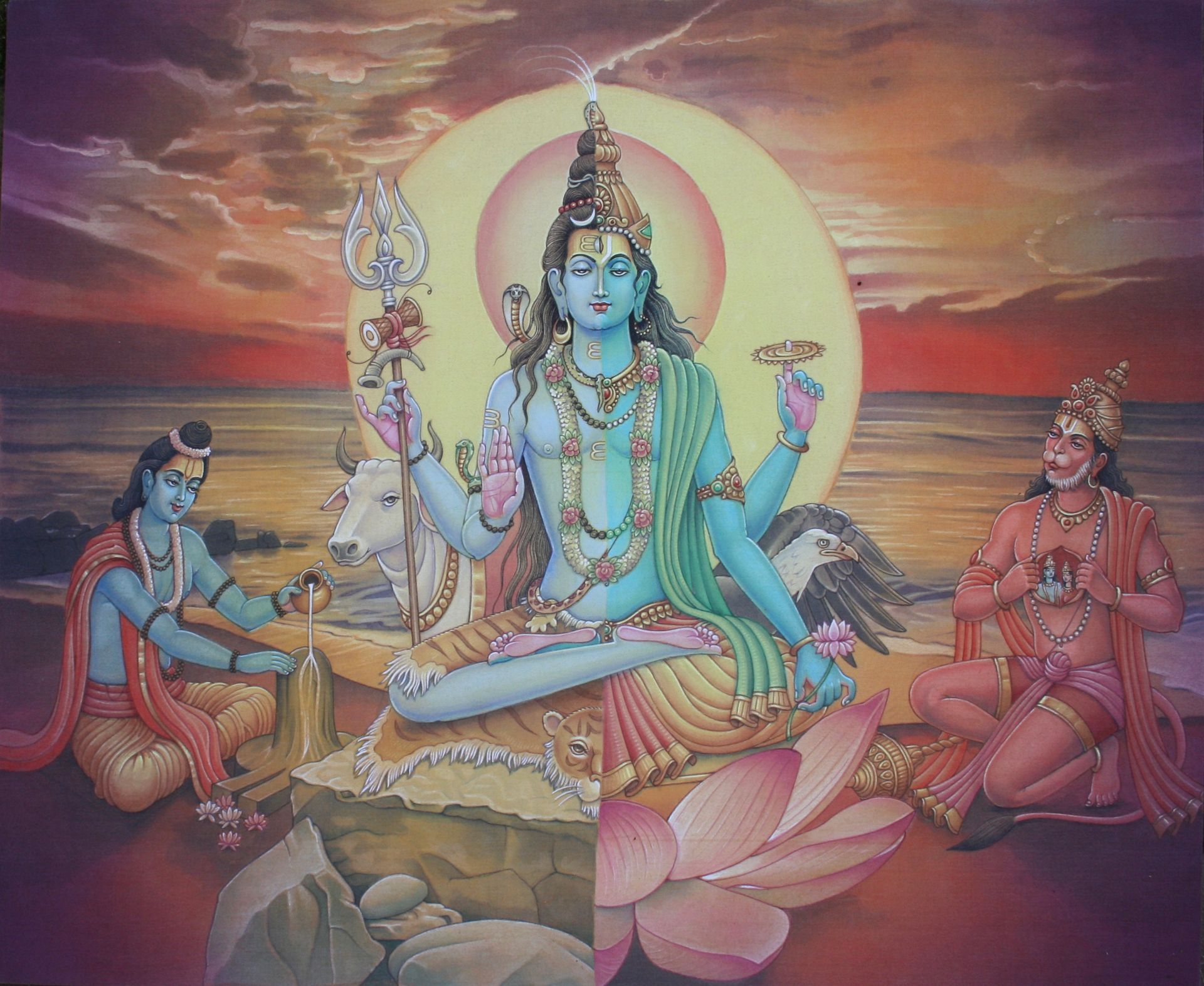
Courtesy of Pieter Weltevrede.
Art as Sadhana:
Bridging the Gap Between Spirituality and Creative Expression
Is this what you mean by art as Sadhana (Sanskrit for "spiritual practice")?
Pieter Weltevrede: Absolutely. My teacher emphasized that if you practice Yoga, you must also engage in art. It's about the integration of these two hemispheres of the brain, working in harmony. This harmony creates the opportunity for the sushumna to open, leading to contentment. I've witnessed this firsthand through the testimonies of fellow artists. One artist, after a hiatus from her craft, expressed how she couldn't find happiness elsewhere, not on a beach, not in a bar, not even in the cinema. As soon as she resumed her artistic practice, she regained that sense of fulfillment. Some artists even choose to spend their holidays solely devoted to painting, which speaks volumes about the transformative power of art.
Another aspect of Sadhana for me is the physical practice, such as sitting in lotus position. It may cause discomfort at first, but with practice, it becomes second nature. I can effortlessly sit for hours, forgetting the passage of time. This posture, advocated by my teacher's teacher and followed by my teacher as well, has proven to be the best for maintaining spinal health. People often ask if I suffer from back problems, to which I humorously reply, "Do you?" (laughs).
As I listen to you, I'm increasingly convinced of the importance of tradition and the master-disciple relationship, not just in spirituality but also in art. It seems that both domains are intertwined.
Pieter Weltevrede: Exactly. This is precisely why I opted not to join the art academy. I remember attending a session where my old high school art teacher, oblivious to my presence because he only had eyes for my sister-in-law, displayed dreary black paintings on the wall. It was a stark contrast to the guidance and intervention I received from my Guru, who played a pivotal role in shaping my life. In the past, within guilds, it was customary to marry the daughter of one's teacher, creating a familial bond that ensured continued mentorship and support. While I married a Dutch lady, my Guru affectionately referred to her as his daughter, reinforcing his influence over my life.
He not only provided emotional support during my lowest moments but also bestowed blessings and guidance on my artistic endeavors. His intervention extended to correcting my artistic missteps, such as the time I depicted Shiva on roller skates in Amsterdam—a departure from traditional imagery that he firmly discouraged.
Following tradition, which seems restrictive, has its advantages. It prevents one from retreating into an ivory tower of self-created fantasies and philosophies. Instead, a noble tradition fosters accountability within a community that upholds shared values and standards. I've experienced this firsthand during my visits to India, where saints and wise people offer feedback and guidance with a lot of benevolence.
Furthermore, in India, the wisdom of tradition is respected. If a practice has endured for thousands of generations, there must be inherent truth and value within it. This perspective contrasts with Western scientific thought, which prioritizes empirical evidence. For me, the depth of my teacher's education and the richness of tradition served as guiding lights, blessing my artistic journey with wisdom and purpose.
Your wisdom and refined perception of life, is evident, Pieter. Not to mention your intellectual brilliance, which is reflected not only in your art but also in your words. I must say your journey is a beacon of guidance for poets and artists alike. In today's world, where darkness and obscurantism loom large, many of us find ourselves adrift. Poetry, once a practice of transcendence and divine elevation, has been tainted by anger, sadness, and depression. It feels as though the knowledge you've spoken about, the richness of the master-disciple relationship, is on the brink of extinction. Do you believe this knowledge can be revived?
Pieter Weltevrede: Indeed, these are challenging times for such endeavors. The landscape has shifted drastically, especially with the omnipresence of the internet. However, in Holland, there still exists the possibility of financial support for the unemployed, offering individuals the opportunity to explore their passions. While the traditional system of finding a master may have diminished, I don't believe the knowledge itself is lost. As my teacher wisely said, knowledge cannot be lost; it is inherent in nature.
Regarding the negativity pervasive in art and society, it's a reflection of our flawed philosophy, one that views nature as an adversary and perpetuates a moral code dictated by aggressive pursuit and materialism. However, there's hope on the horizon. Hindu sages prophesied a shift towards a Sat yuga, a time of harmony and balance, around 2050. While we're not there yet, glimpses of this transformation are emerging, albeit slowly.
Many individuals, even in seemingly incompatible professions, are working towards this future. Educators prioritize experiential learning over rote memorization, recognizing the importance of practical skills and happiness in students' lives. Elders in the digital realm serve as guides, urging restraint and wisdom in a world dominated by speed and immediacy. The presence of Gurus, both physical and divine, remains constant, offering reassurance and guidance in uncertain times.
In India, amidst turmoil and disaster, the belief in the love of God endures, serving as a powerful testament to resilience and faith. So, while the challenges may seem daunting, we are not lost. The enduring wisdom of ages past and the unwavering belief in the transformative power of love and Knowledge guide us always.
Finding Balance Between Abstraction, Thought & Emotion
The Essence of Art, The Foundations of Sacred Geometry
I wanted to talk about the essence of sacred geometry with you. It's become quite trendy, especially in the US, but encountering your work made me realize it's not quite what I've been seeing elsewhere. Can you enlighten us on what sacred geometry truly is?
Pieter Weltevrede: Certainly. One of the fundamental forms of sacred geometry that comes to mind is the
yantra, a universal symbol composed of squares, circles, triangles, and points. Similarly,
mantras are universal sounds, though their meanings may vary. My teacher introduced me to the Vedic square, a formula he discovered in a book about Persian carpets, attributing its origin to India.
This square is based on numbers associated with planets, offering endless possibilities for creating patterns. I've spent years exploring these patterns, which also find application in temple decorations. Additionally, the absence of straight lines in nature points to human intervention, making it a fascinating aspect to incorporate into my work. Sacred geometry allows me to blend the abstract with the organic, embodying the balance between the male and female energies of creation.
You mentioned the male side being more abstract. Is abstraction meaningful when artists aren't always aware of what they're creating?
Pieter Weltevrede: In good art, contemplation precedes action. The male side, associated with intellect, requires thought before execution. We're born with a dominant right hemisphere, and as we learn, the left hemisphere develops through repetition. The cooperation of both hemispheres is crucial, as emphasized in Yoga philosophy.
Some modern artists have attempted to silence the intellect, assuming that pure action suffices. However, true art involves both contemplation and creation. As for abstract art, when its meaning is not apparent, it is likely that there is no thinking involved. Art is a collaboration between intuition and intellect, mirroring the balance we seek within ourselves and in our relationships. As inside, so outside!
Embracing Non-Duality:
Finding Harmony in Existence, Art & Poetry
Just Surrender.
You hit the nail on the head, Pieter. This prevailing nihilism in art and poetry lacks introspection and depth, and as a consequence, fosters negativity, which can be simply defined as the belief in absence of meaning. There is no such thing as meaninglessness! This "negative nihilism" arises from our fixation on duality. As for Non-duality, it embraces all and eradicates the appearance of void and negativity.
Inspired by my collaborations with artists and poets, I'm crafting a piece on non-duality. My goal is to convey this philosophy in accessible language, highlighting its practical impact on artists' and poets' lives. Many grapple with struggles—from helplessness to addiction—rooted in duality. Yet, art and poetry, when practiced correctly, are harmonious. They eliminate discordance. I've experienced this firsthand in my Yogic practice and through Kerala Mural Painting, where deep harmony prevails.
Pieter Weltevrede: My teacher once said, "When you paint Ganesha, Ganesha is painting himself." It's a revelation that the Divine within you is the source of creativity. Saraswati guides this creativity, whether it's expressed through sculpture, architecture, or poetry.
The fifth chakra's knowledge finds its true expression in poetry, transcending the limitations of plain language. Poetry is deeply ingrained in our culture, mostly expressed through songs, right now. While the world may seem engulfed in darkness, I've found that focusing on inner harmony reflects in my external reality. My teacher himself began as a poet, then delved into sculpture and painting, before his journey reached a peak with philosophical writings.
So, what is the link between poetry and art? Why are they intertwined?
Pieter Weltevrede: Poetry is art; it's the embodiment of expression captured in written form. In my experience, writing feels like receiving dictation—sentences flowing effortlessly onto the page. My teacher once debated with his brother about the beauty of painting versus writing. He argued that writing holds an edge because a painting is never truly finished, but realized that in books, you can continually refine and improve your work, too.
I'm more inclined towards painting, but I find writing equally captivating. When I'm working on exhibitions or books, I often write short, poetic texts to capture the essence of the energy I'm trying to convey. Recently, I've been collaborating on a book with some American friends who excel in writing, complementing my strengths in painting. We each contribute what we're best at—whether it's writing, painting, or framing.
For instance, I felt compelled to write about chakras because I noticed a lack of understanding around the subject. My teacher's book on chakras is incredibly dense with insights, and I aim to further elucidate this philosophy through my writing. My paintings serve as visual representations of these concepts. They are meant to evoke a subtle response from viewers.
Your paintings are indeed illuminating, and their effect on the viewer is visceral, almost biological. There's a remarkable depth of beauty and wisdom in them. What would be your advice to a younger or beginner artist today?
Pieter Weltevrede: My advice to a young artist, or someone young in experience, would be to follow the path with dedication and resilience. There will be distractions and temptations along the way, but not everything unfolds in a single lifetime. You may encounter struggles and setbacks, but perseverance is key. Be steadfast in knowing what you want and don't succumb to the pressure of prioritizing money over your artistic calling.
I told you about this story of the Indian artist who sold his palette, right? Well, it serves as a reminder not to compromise your artistic integrity for financial gain. Art should never become fully entangled in the economic system; it's a realm where the soul should roam freely (which reminds me that women were once excluded from this economic system, too, but are now very much involved in it).
Despite these challenges, creating art brings me immense joy. As for what you need, it's not material possessions but rather trust in the universe's abundance. My teacher taught me about a different kind of economy—Lakshmi, where you receive what you deserve. I've experienced instances where money unexpectedly flowed into my bank account when I needed it most, reinforcing my faith in divine providence.
Patience and trust are essential virtues for an artist. There will be times when sales are slow, but the right opportunities will manifest, eventually. I've learned to embrace
discipline in my work schedule, setting boundaries to ensure I don't overexert myself. The morning hours are particularly conducive to creativity, as time seems to slow down, allowing for deeper focus and inspiration.
Cultivate resilience, prioritize artistic integrity over financial gain, and trust in the universe's abundance. Stay disciplined, embrace the sacredness of morning creativity, and remember that
success in art often comes from patience and trust in divine timing.
Reflecting on the wisdom of my Guru, surrender comes to mind. Don't ask yourself who you should surrender to. Just surrender. Another way of putting it is: Follow the path. A simple reminder that by following the path, we are doing good.
Thank you so much for the beauty and elevation in this conversation, Pieter.
Pieter Weltevrede: Namaste.
🎯 Pieter's Events & Contact
Follow Pieter on Facebook to track his workshops and whereabouts
- Pieter Weltevrede on
Facebook
- Pieter's art at HAMSA,
Himalayan Academy Museum Of Spiritual Art
📚 👁️ Books by
Harish Johari & Pieter Weltevrede
From Tantra to Sacred Geometry
- A selection of books by Harish Johari, beautifully illustrated by himself
- Books co-authored and beautifully illustrated by
Pieter
- Learning opportunities on YouTube
- Impressions of a Painting Showing on P. Marchand's YouTube Channel
- Sacred Geometry Series with Gauri Babber on YouTube
📚 👁️ Other resources mentioned in this interview
Canons, Mythology & Philosophy
- Ramayana, by Poet Valmiki
- Understanding our times, past and future: Lemurian Scrolls, by Satguru Sivaya Subramuniya Swami
- The Essence of Non-duality, A Gateway to Spiritual Harmony and Artistic Elevation for Poets, Artists, and Philosophers, Murielle Mobengo
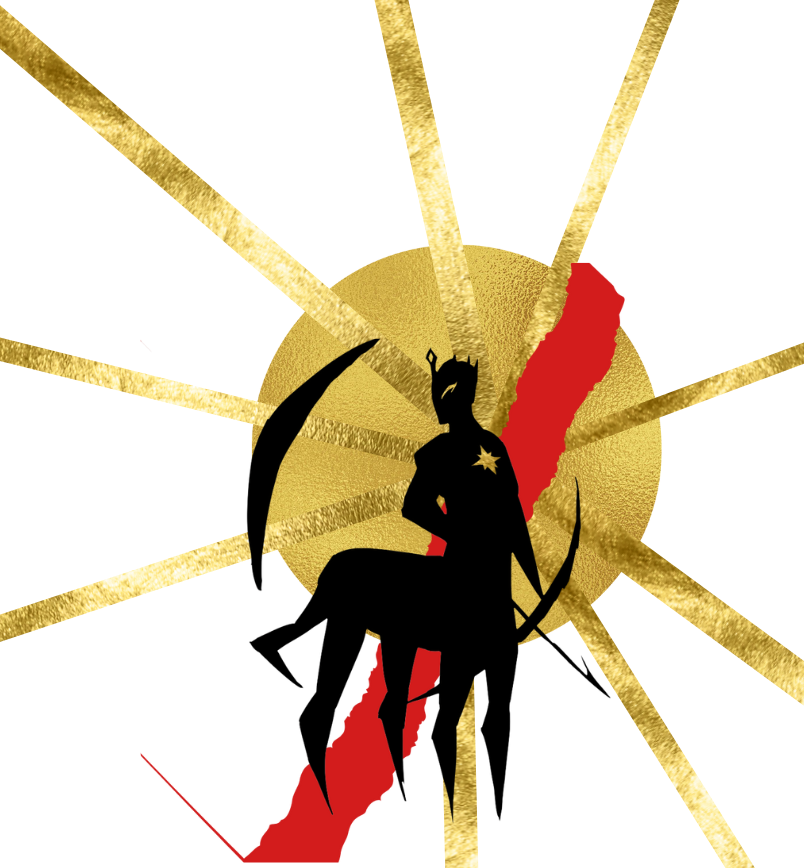
More Wisdom: Dive. Learn. Apply.
-
Of Freedom & Structure
Readwith Kolkata Poet Sourav Sengupta
-
"And your point is?"
ReadThe electric conversation with Poet & polyglot James B. Nicola
-
Knowing and Loving Africa
ReadA Congolese reunion with Storyteller Myra Dunoyer Vahighene
-
Conversation & Silence Divine
ReadThe elated dialogue with Philosopher & Poet David Capps




